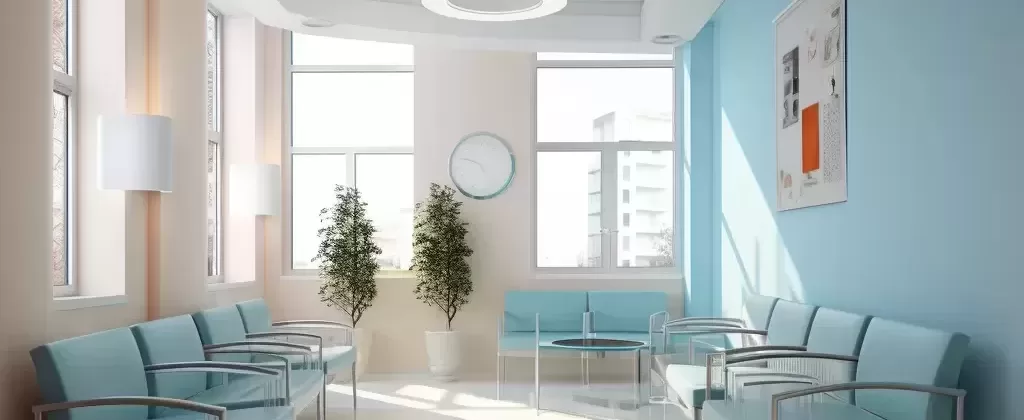4 Myths about Medical Office Renovations
One common misconception is that renovating a medical office is no different than any other type of renovation. This couldn’t be further from the truth. Medical office renovations require specialized knowledge and skills due to the unique demands of healthcare facilities. Medical offices are different from regular commercial spaces. They must follow strict health and safety rules that affect all parts of the renovation process.
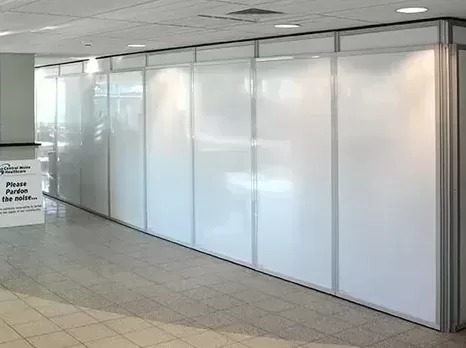
Understanding the Unique Needs
Medical facilities must comply with strict regulations and standards to ensure patient safety and confidentiality. The layout and design of a medical office must accommodate medical equipment, patient flow, and privacy needs.
Healthcare facilities require specific materials that are durable and easy to clean. Additionally, the design must facilitate efficient workflow for medical staff while ensuring a comfortable environment for patients. This involves creating spaces that are not only functional but also adaptable to future changes in healthcare delivery.
The Importance of Specialized Contractors
Hiring a medical office interior contractor with experience in healthcare renovation is crucial. These professionals, like IOC Construction, understand the intricacies of medical office design and build, ensuring compliance with all relevant healthcare regulations.
Experienced contractors can also anticipate challenges unique to healthcare settings and propose solutions that minimize disruption and maximize efficiency. Their expertise can also ensure that the renovation is completed on time and within budget. By choosing the right contractor, you can ensure that your renovation results in a space that exceeds standards and enhances the patient experience.
Myth 1: Renovation Will Disrupt Daily Operations Completely
Many healthcare facility managers fear that a renovation project will bring their operations to a halt. While some disruption is inevitable, professional healthcare remodeling can be executed with minimal impact on daily activities. The key lies in strategic planning and execution, which can significantly reduce the inconvenience to staff and patients.

Strategic Planning and Phasing
Effective project management is key to minimizing disruption. Through careful planning, construction can occur in stages, allowing parts of the office to remain operational. For example, a medical clinic renovation can start in non-critical areas and gradually move to more sensitive spaces. This phased approach allows for continuous operation of essential services, reducing the impact on patient care.
Additionally, scheduling construction activities during off-peak hours or weekends can further minimize disruptions. This strategy ensures that the busiest times of day remain uninterrupted, maintaining a smooth flow of operations. Collaboration with a skilled project manager can help identify the best phasing strategy and balance construction needs with the ongoing needs of the facility.
Communication is Key
Clear communication with staff and patients about the renovation timeline and any temporary changes is essential. This transparency helps manage expectations and reduces stress for everyone involved. Keeping all stakeholders informed through regular updates and clear signage can ease the transition during renovation.
Additionally, involving staff in the planning process can foster cooperation and provide valuable insights into how the space is used, leading to more effective renovation outcomes. When everyone understands the plan, healthcare facilities can keep a good environment and provide quality care during renovations.

Myth 2: Renovations Are Too Expensive
Cost concerns often deter facility managers from pursuing necessary renovations. However, the belief that renovations are prohibitively expensive is another myth that needs debunking. With careful planning and resource allocation, renovations can be cost-effective and provide significant returns on investment.
Long-Term Savings
Investing in a medical facility renovation can lead to long-term savings. Updating outdated systems can improve energy efficiency, reducing operational costs. A modern, well-designed medical office can enhance patient satisfaction and retention, ultimately boosting revenue. Improved layouts can increase the number of patients seen daily, directly impacting profitability.
Budget-Friendly Options
A healthcare facility renovation company can offer cost-effective solutions tailored to your budget. By prioritizing essential upgrades and using cost-efficient materials, it’s possible to achieve significant improvements without breaking the bank. Renovation experts can provide guidance on the best areas to invest in for maximum impact, ensuring that every dollar spent contributes to enhancing the facility’s functionality and appeal.
Another route is to explore financing options or phased renovation plans to help manage costs more effectively. This allows facilities to spread expenses over time, making it easier to budget for necessary improvements. By working closely with financial advisors and renovation professionals, healthcare facilities can find solutions that align with their financial goals.
Myth 3: Aesthetic Improvements Aren’t Necessary
Some may argue that aesthetics are secondary in a medical office setting. However, the design and appearance of a medical facility play a crucial role in patient experience and perception. A well-thought-out design can make a significant difference in how a facility is perceived by both patients and staff.
Enhancing Patient Experience
A well-designed medical office fosters a welcoming and calming atmosphere, which can positively impact patient satisfaction. Elements like soothing color schemes, comfortable seating, and natural lighting can enhance the patient experience, making visits less stressful and more pleasant.
Reflecting Brand Identity
The aesthetics of a medical office also reflect the facility’s brand identity. A cohesive design that aligns with the facility’s mission and values can strengthen brand loyalty and enhance reputation. By creating a visually appealing and consistent brand presence, facilities can differentiate themselves in a competitive market.
Additionally, a thoughtfully designed space can attract top talent, as healthcare professionals are drawn to environments that reflect their values and standards. By prioritizing aesthetics, medical offices can create a space that resonates with both patients and staff, reinforcing the facility’s commitment to quality care.
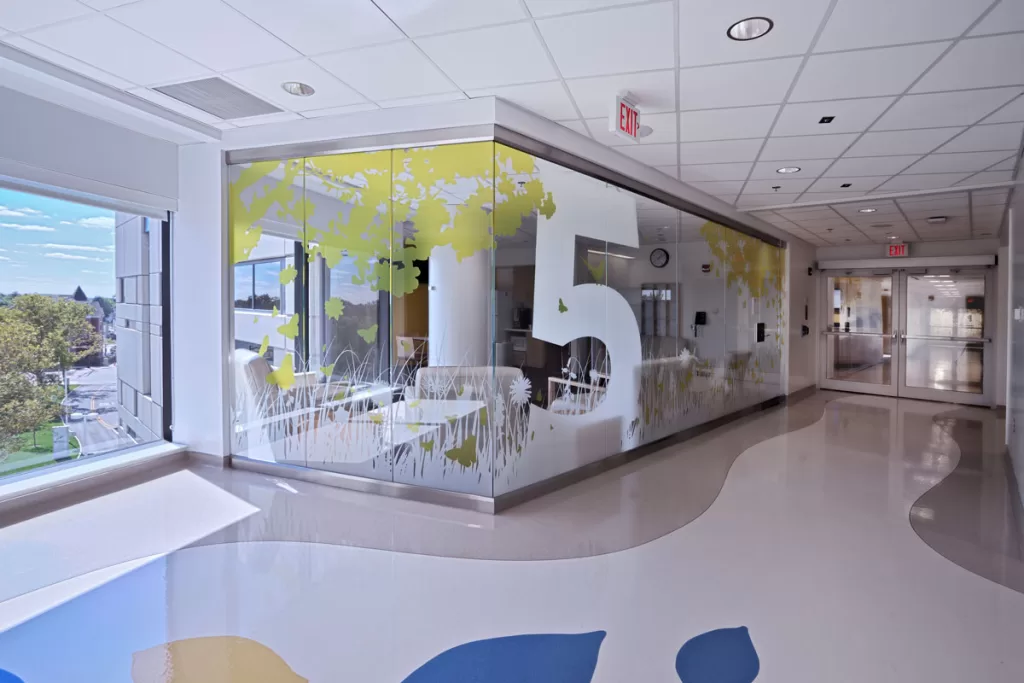
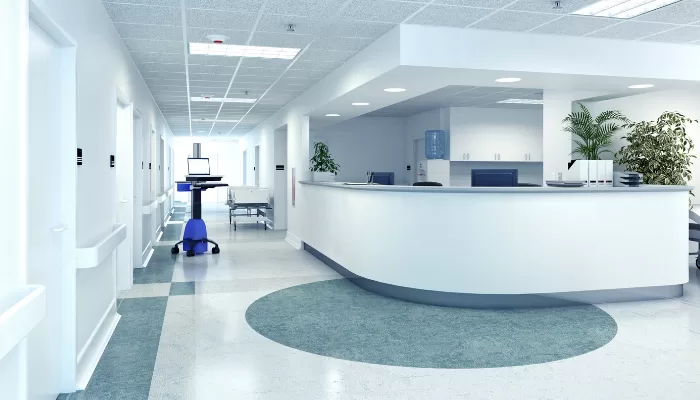
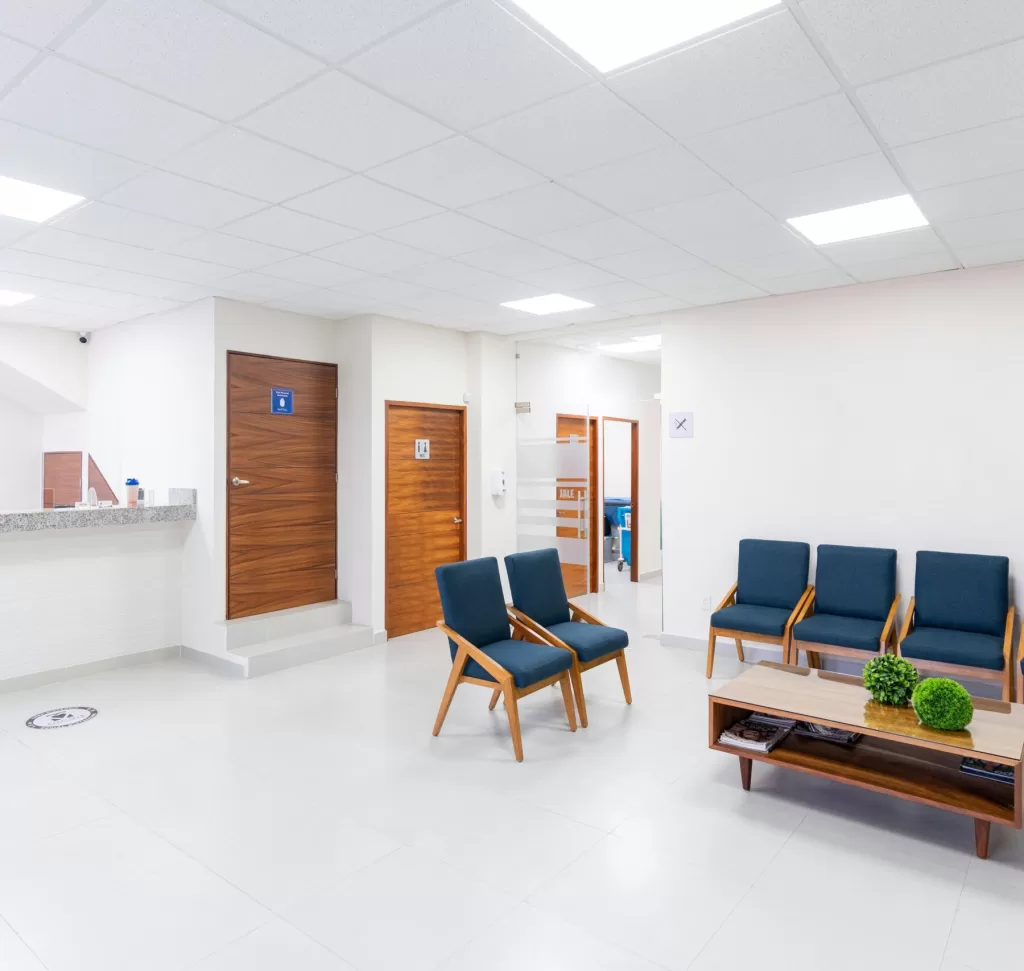
Myth 4: Renovations Are Only About Physical Changes
While physical improvements are a significant aspect of renovations, a successful medical office renovation goes beyond bricks and mortar. A holistic approach considers the integration of technology and the enhancement of the overall work environment.
Embracing Technology
Incorporating technology into the renovation process can transform a medical office’s functionality. From telemedicine capabilities to advanced medical equipment integration, technology plays a vital role in modern healthcare spaces. Implementing smart systems for scheduling and patient management can streamline operations and improve patient care.
Moreover, integrating electronic health records (EHR) systems and other digital tools can enhance data management and security, providing a seamless experience for both staff and patients. By embracing technological advancements, healthcare facilities can stay ahead of industry trends and improve service delivery.
Fostering a Positive Work Environment
Renovations can also focus on creating a positive work environment for staff. Enhancements that improve workflow efficiency and provide comfortable break areas contribute to staff satisfaction and productivity. A well-designed workspace can reduce stress and burnout, leading to better staff retention and morale.
Better yet, incorporating elements such as ergonomic furniture, ample natural light, and collaborative spaces can foster a sense of community and teamwork among healthcare professionals. By prioritizing the well-being of staff, medical offices can create a supportive environment that enhances both patient care and employee satisfaction.
Conclusion
Renovating a medical office is a complex process that requires careful planning, specialized knowledge, and a commitment to meeting the unique needs of healthcare facilities. By debunking these myths, healthcare facility managers can approach their renovation projects with confidence and clarity. Understanding the true scope of a medical office renovation allows for more informed decision-making and successful outcomes.
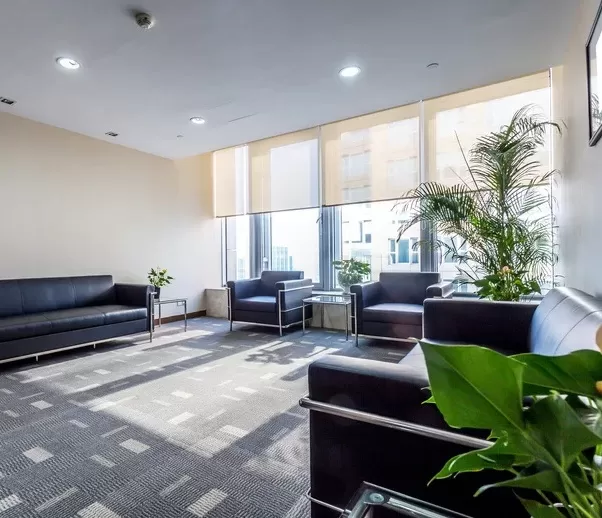
Whether you’re considering a small update or a complete overhaul, partnering with experienced professionals in medical office renovation services ensures that your project meets regulatory standards, minimizes disruption, and delivers a space that enhances patient and staff experiences. These experts can guide you through the process, from initial planning to final execution, ensuring that every detail is addressed.
Remember, a well-executed renovation is not just about physical changes—it’s about creating a functional, efficient, and welcoming environment that supports the delivery of exceptional healthcare services. By embracing innovation and prioritizing the needs of patients and staff, healthcare facilities can transform their spaces into modern, efficient hubs of care that stand the test of time.

